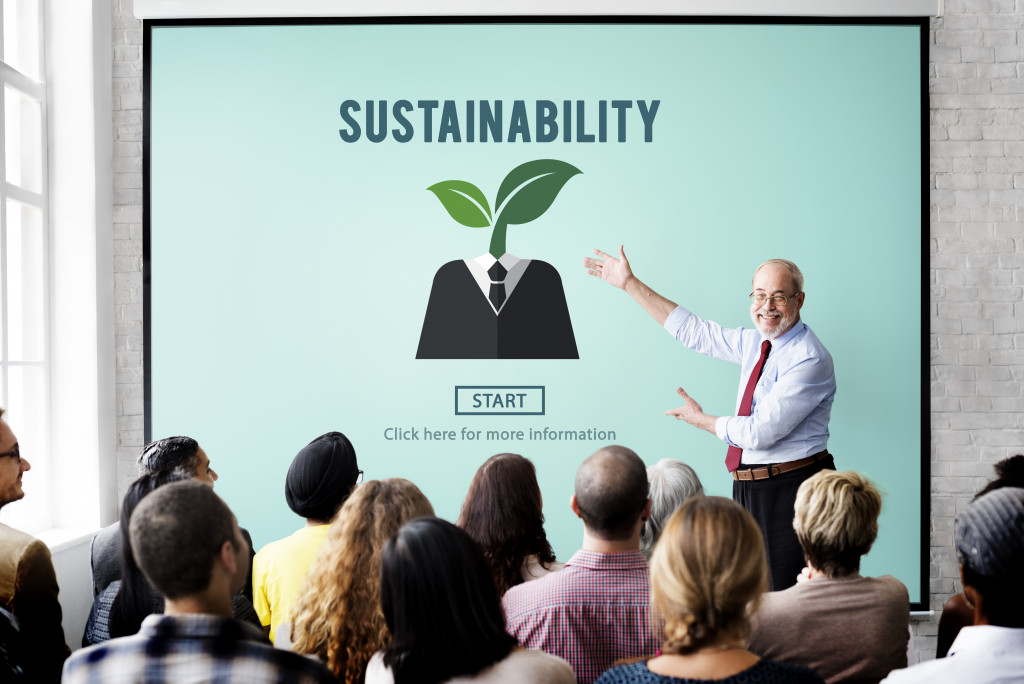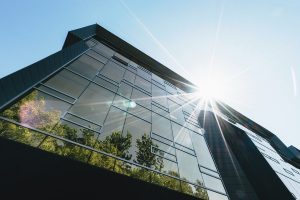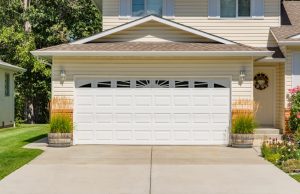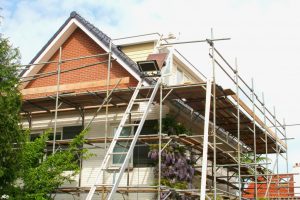The world is currently out of balance. Our Earth is slowly dying. Amidst the impressive achievements mankind has achieved over the years, it does not come without a cost. Ever since the birth of industry, we have been relentlessly cutting down our forests, contaminating our oceans, and polluting our air. Only 25 years have passed since 1990, and 1.3 million square kilometers of forest land has been deforested in 2016. We have already driven many species into extinction, with many more predicted to be extinct in a few years.
If we do not act in unison in the next few decades, we may be driving our species into extinction as well. Overpopulation is one of the reasons pointed out by experts as the cause of our debacle with the environment. While it holds water, many theorists are saying that our population problem can be easily solved. People are suggesting we interweave our population problem with proactive and practical solutions. Sustainable living is the main solution being presented to help slow down climate change.
There are a lot of factors affecting the slow degradation of our environment. Our way of living is contributing to the collapse of the natural world. Living sustainably is one of the best ways to make the most out of our lifestyle without directly harming the environment. Sustainable living, as a principle, aims to reduce the ecological damage we bring to the table. By severely limiting how we egregiously abuse nature and its gifts, we can have something to pass on to the next generation.
What are the various challenges in building sustainable structures?
Macro-perspective
We have to face the fact that not everyone wants to build sustainable structures. By matter of choice or by design, some planned structures of sustainable development do not simply just appeal to prospective buyers. Sustainable structures cut back on certain luxurious amenities such as a show garden or inefficient air conditioning systems. It wouldn’t be such a big deal if our species’ life didn’t depend on it.
Unfortunately, because of the damage our predecessors have caused, we have to correct the mistake we made against Mother Nature. By stepping back and realizing how much damage we have done, we can shift the perspective and the preference of the real estate buying market. Everyone must join hands in correcting this problem before it’s too late.
Expensive Sustainable Materials

Most sustainable construction materials are rather expensive. Eco-friendly materials do not have a lot of buyers. Less demand means less supply to produce. There is not enough market for sustainable materials right now. They simply cost more to produce when there isn’t enough demand to feed the manufacturing supply. Simple economics would dictate that buying traditional materials is cheaper. Unfortunately, this kind of mentality would get us nowhere.
While traditional materials cost less, they will certainly do more economic damage in the long run. If we continue to patronize non-sustainable materials, there will be no more environment to save. People aware of the issues at hand would have to pay more, for now, to help save the environment.
Legal Boundaries
There are a lot of regulatory barriers surrounding sustainable development. Some suburban areas have a specific no crop-growing regulation against those who intend to grow certain times of flora in their backyard. Sustainable housing has the same set of regulations governing them as regular and traditional housing. Zoning ordinances can be a hindrance to sustainable development. There are also almost no incentives for building sustainable structures in first-world and developing countries. The lack of incentives about using environmentally friendly products and eco-friendly structures is more community-driven than state-regulated. If a push or a nudge from the government comes, more people will follow in building sustainable structures.
New Technology

You wouldn’t trust a plumber to do air duct cleaning for you. You wouldn’t trust a professional chef to provide computer support for your virus-ridden personal laptop. The same goes for sustainable structures: you would only want an expert to build your sustainable structures.
Sustainable development is a new science when it comes to civil engineering. It is only recently that the schools began producing graduates equipped with knowledge, wisdom, and expertise on sustainable structures. The lack of human resources concerning sustainable structures is hindering the advancement of sustainability. There are rapidly increasing technological advancements in this field. It may be harder to keep up for old architects and engineers.
Awareness
A lack of awareness concerning the possibility of building these types of structures is the biggest challenge of sustainable construction. Not everyone knows that sustainable materials can easily be used in constructing different structures. An already-built structure that is built to be sustainable will not gain transaction with the news. Sustainable development is wonderful for the environment, but it would never sell headlines. Educating the masses in proper venues is the only key to persuading people to switch to sustainability.





